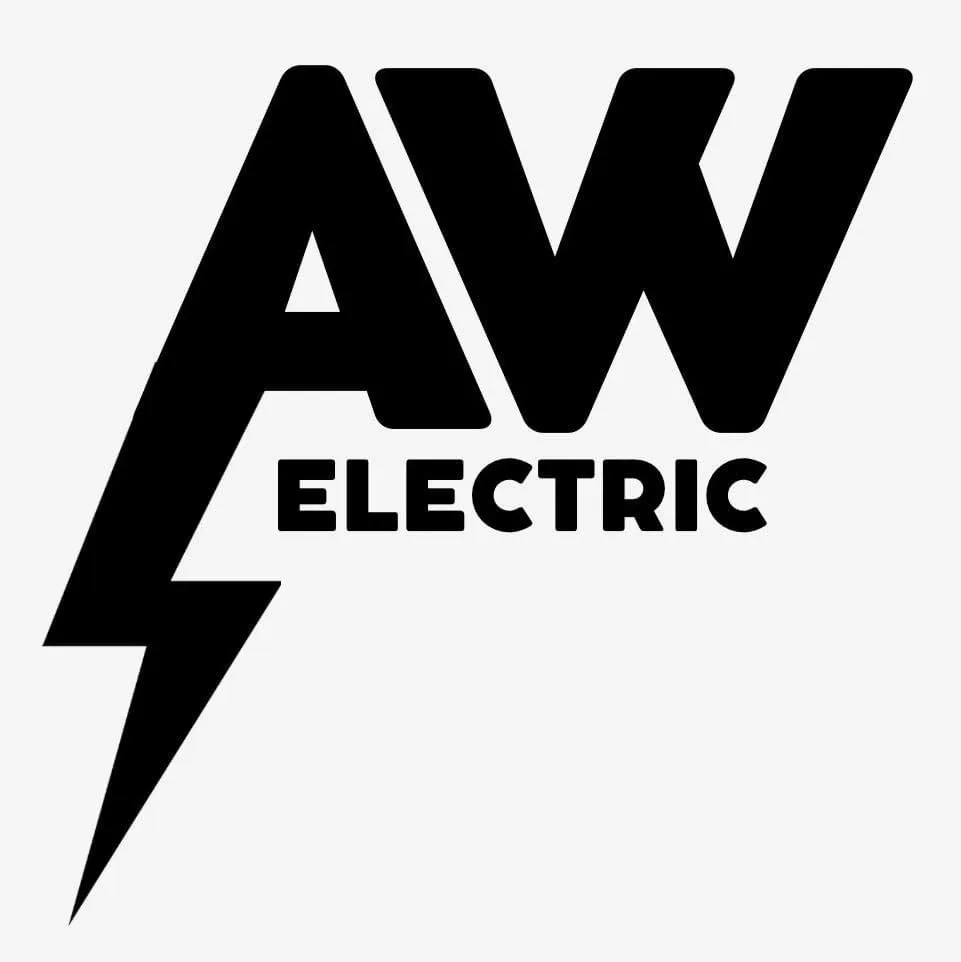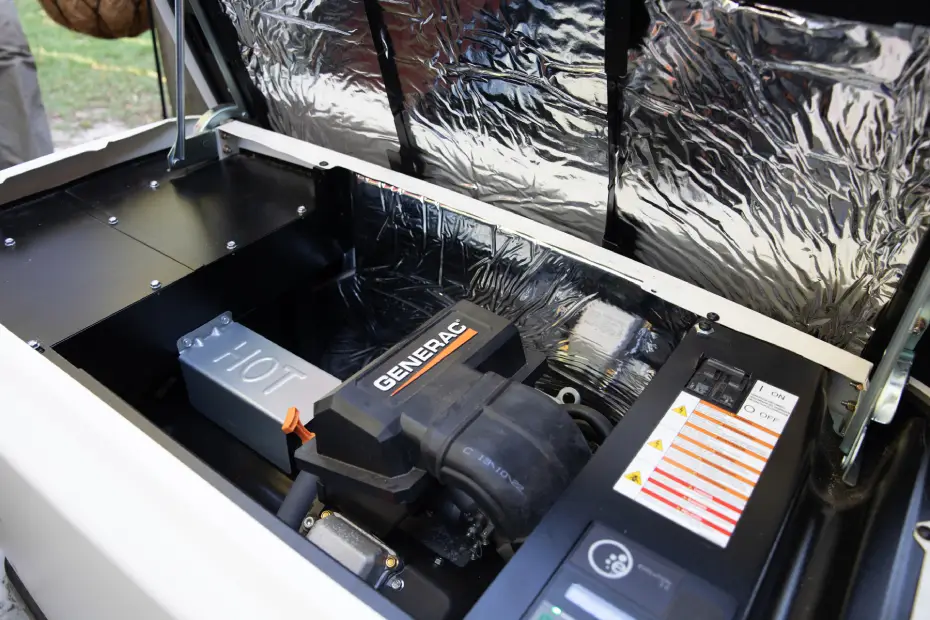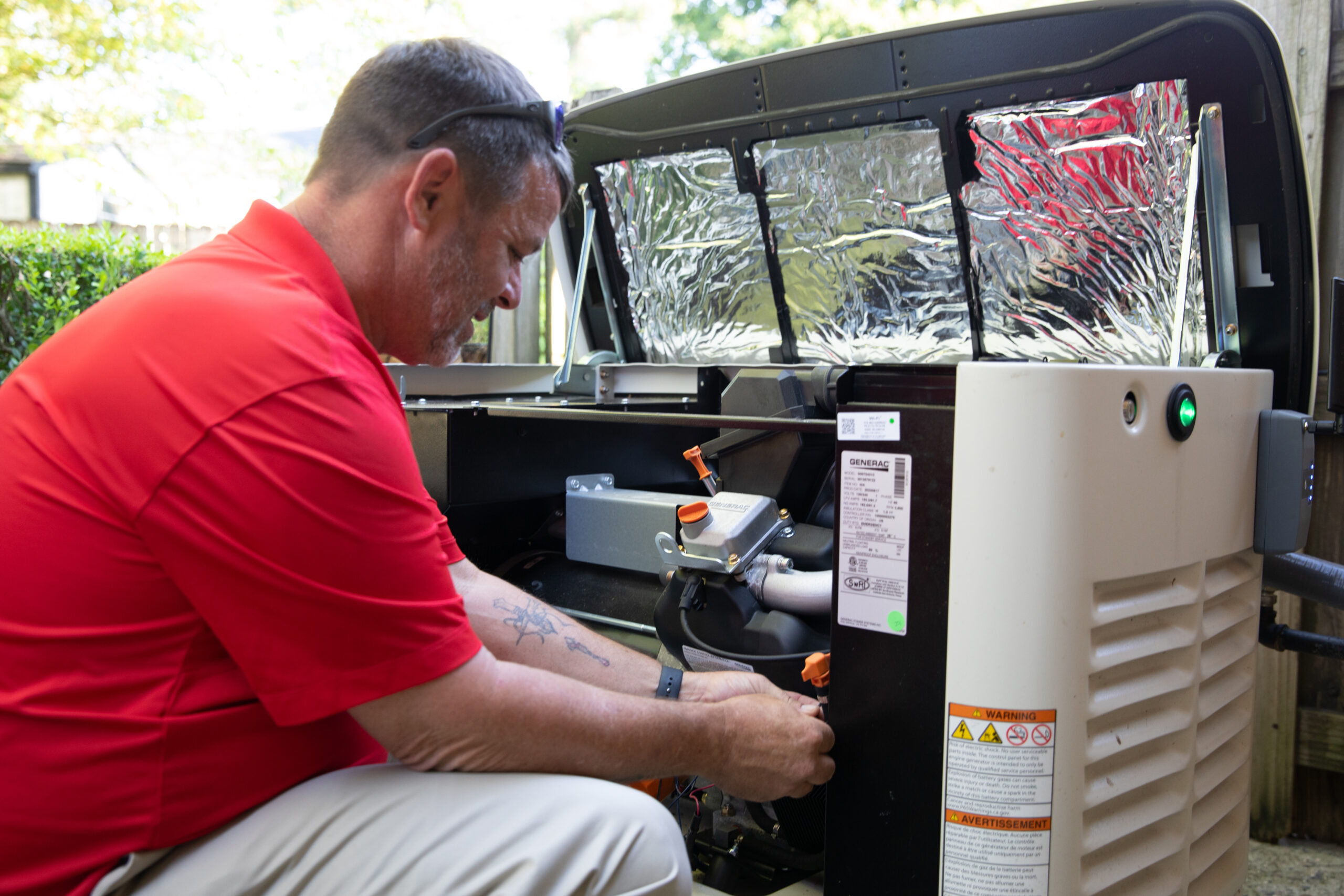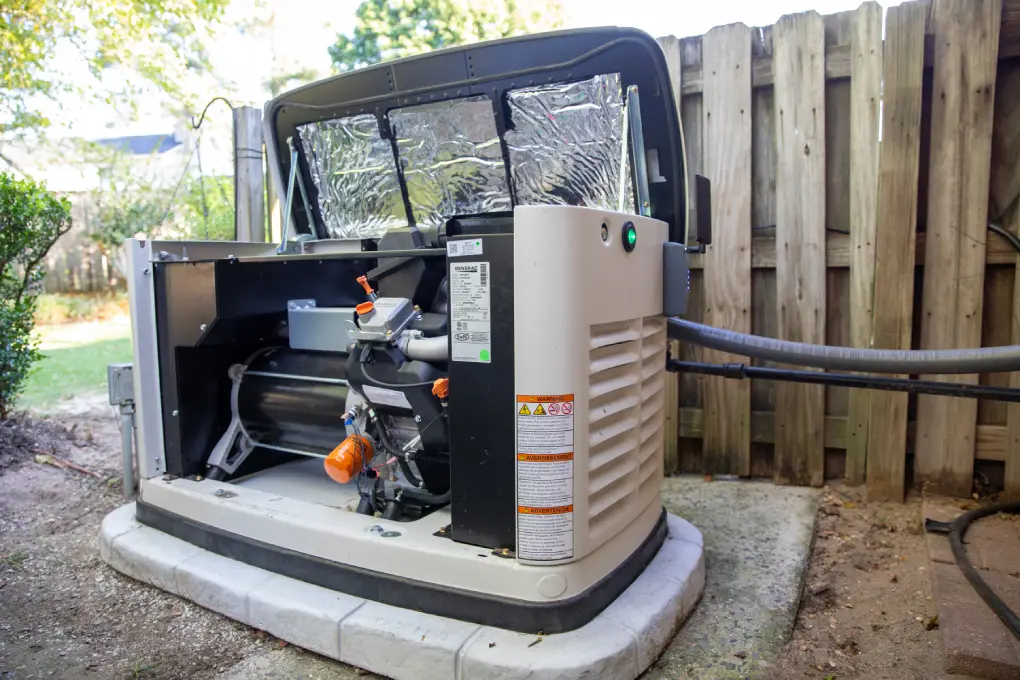A commercial building’s electrical system is one of its most vital infrastructure elements. In a busy place like Martinez, GA, where businesses range from offices and retail centers to healthcare facilities and warehouses, having a well-designed and properly maintained electrical system is essential.
As a facility manager, understanding the basics of your building’s electrical system helps you ensure safety, efficiency, and compliance. This guide breaks down what you need to know—from components and design considerations to code compliance and energy efficiency.
Understanding the Electrical System of a Commercial Building
At its core, the electrical system of a building refers to the entire network that generates, distributes, and regulates electrical power. In commercial spaces, this system is more robust than in residential buildings and must handle higher loads, more complex equipment, and stricter safety codes.
Unlike residential systems, commercial electrical systems use three-phase power, are often scalable, and rely on advanced protective and control systems. The wiring methods, circuit configurations, and safety requirements are also more rigorous.
Key Components of a Commercial Electrical System
A commercial building’s electrical system includes several interconnected components, each playing a crucial role:
Power Distribution
- Main Service Panel: This is where power from the local utility enters the building. It houses the main disconnect switch and the primary overcurrent protection.
- Switchgear & Distribution Panels: These direct electricity to various subpanels and circuits across the building.
- Transformers: Convert high-voltage power from the utility into usable voltage levels inside the facility.
- Circuit Breakers and Fuses: Protect electrical equipment by tripping during overloads or short circuits.
- Wiring and Cabling: Carry current from panels to outlets, equipment, and lighting.
- Busways: Metal-encased pathways that distribute power efficiently to different areas.
- Conduit Systems: Protective piping for wires that adds structure, organization, and safety.
Lighting Systems
Commercial lighting falls into several categories:
- General Lighting: Provides overall illumination.
- Task Lighting: Directed lighting for specific tasks or workstations.
- Emergency Lighting: Illuminates exit routes and critical areas during power loss.
- Energy-Efficient Lighting: Includes LEDs, motion sensors, and daylighting systems to cut energy usage.
Specialized Systems
Modern commercial buildings also require integration of:
- Data and Communication Networks: For internet, phone, and internal systems.
- Security Systems: Alarms, access control, and video surveillance.
- Fire Alarm Systems: Detect smoke or heat and alert occupants of emergencies.
Backup Power
- Generators: Restore power during outages to maintain operations.
- Uninterruptible Power Supply (UPS): Provides continuous power for sensitive systems like servers and medical equipment.
Common Electrical Systems Used in Commercial Buildings
There are several electrical system configurations depending on the building’s size and function:
- Radial Systems: A simple setup where each load has a dedicated path from the main panel.
- Loop Systems: Allow power to flow from multiple directions, increasing reliability.
- Network Systems: Common in critical facilities like hospitals where continuous power is essential.
Three types of wiring connections often used include:
- Star (or Wye) Connection
- Delta Connection
- Combination Systems
Each has its own benefits in terms of load balancing, safety, and cost.
Electrical Installation and Wiring Basics
What is electrical installation in a commercial building? It’s the process of laying out and connecting all the components mentioned earlier—from panels to outlets—according to code.
Commercial wiring basics involve:
- High-load capacity wiring (often 12-gauge or larger)
- Use of metal conduit (EMT or MC) for added protection
- Clear circuit mapping and labeling
- Use of three-phase AC power, which is more efficient for large loads
Common questions:
- Is commercial wiring AC or DC?
- Nearly all commercial buildings use alternating current (AC) due to ease of transmission and cost-efficiency.
- Nearly all commercial buildings use alternating current (AC) due to ease of transmission and cost-efficiency.
- What type of circuit is used in buildings?
- Commercial buildings use branch circuits, feeder circuits, and dedicated circuits for high-load machinery.
- Commercial buildings use branch circuits, feeder circuits, and dedicated circuits for high-load machinery.
Load and Capacity Planning
Proper load calculation is essential to avoid overloaded circuits or tripped breakers.
How many amps are in a commercial building? It varies, but most small to mid-size commercial buildings range from 200 to 1200 amps, with larger facilities requiring much more.
The most common commercial electrical service is three-phase, 120/208V or 277/480V, depending on the nature of the loads.
Design Considerations for Commercial Electrical Systems
When designing or upgrading a commercial electrical system, consider:
- Scalability: Can the system handle future expansion?
- Redundancy: Are backup systems in place for critical equipment?
- Code Compliance: All designs must meet NEC (National Electrical Code) and local Martinez ordinances.
- Panel Labeling: Clearly marked circuits and panels aid in maintenance and emergency response.
- Energy Efficiency: Use of efficient lighting and smart building systems can lower utility bills.
Code Compliance & Safety Essentials
Safety is non-negotiable. A compliant commercial system must include:
- Grounding and Bonding: Prevents shocks and fires
- Overcurrent Protection: Circuit breakers sized appropriately
- Regular Inspections: Required for insurance and code compliance
- Arc-Fault and Ground-Fault Protection: For sensitive and high-risk areas
Proper labeling of panels, switches, and wiring ensures technicians and facility managers can work safely.
Energy Efficiency and Smart Electrical Systems
With rising energy costs, more businesses in Martinez are turning to:
- LED lighting retrofits
- Smart lighting controls
- Energy monitoring systems
- Demand-response programs
Integrating automation and monitoring technology into your building’s electrical system not only reduces waste but can help prevent failures before they happen.
Maintenance and Long-Term Planning
Routine electrical system maintenance should include:
- Visual inspections for corrosion or wear
- Breaker testing and thermal scans
- Cleaning of electrical panels
- UPS battery checks and generator load testing
A good maintenance program extends the life of your system, ensures compliance, and prevents costly downtime.
FAQs
What is the difference between residential and commercial electrical systems?
Commercial systems handle more load, use three-phase power, and follow stricter codes. Residential systems are simpler and lower voltage.
What is the most common commercial electrical service?
Three-phase 120/208V or 277/480V service is typical in commercial settings.
What are the various electrical systems that can be used in a commercial building?
Radial, loop, and network systems depending on the building’s purpose and reliability needs.
What type of circuit is used in buildings?
Branch circuits for general power, feeder circuits for subpanels, and dedicated circuits for specific equipment.
What is the most common commercial wiring standard used today?
NEC-compliant systems using copper or aluminum conductors in metal conduit (EMT or MC).
Is a house voltage 220 or 240?
Most U.S. residential systems are 240V split-phase. Commercial buildings use three-phase.
Conclusion: Making Smart Electrical Decisions in Martinez, GA
Managing a commercial building in Martinez, GA requires understanding how your electrical system functions. From the main service panel to the last LED light fixture, each component plays a role in performance, safety, and efficiency.
Whether you’re planning an upgrade, investigating power issues, or just staying proactive, working with licensed professionals is essential. Regular inspections, preventive maintenance, and staying current with electrical code changes can save your business from costly repairs and safety issues.
Need help evaluating or upgrading your electrical system in Martinez? Contact AW Electric LLC today—we provide expert commercial electrical services backed by local experience and code knowledge.



